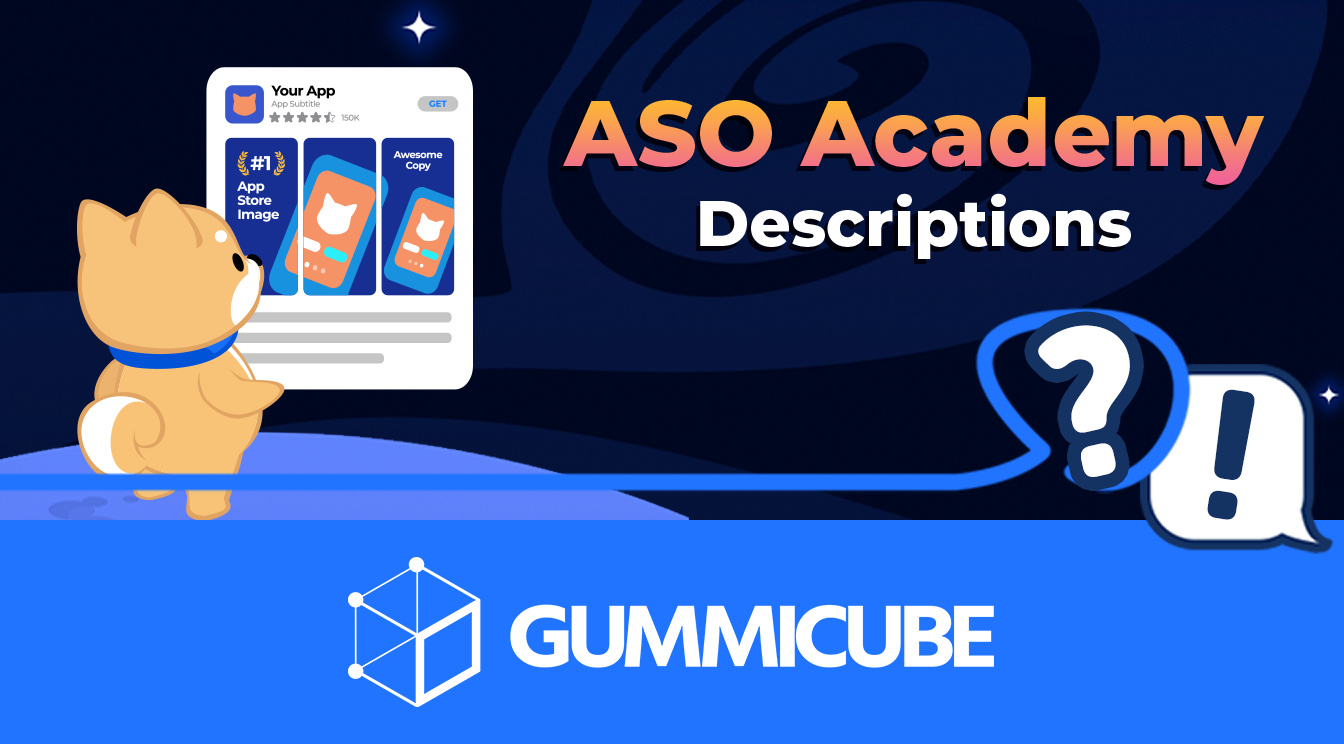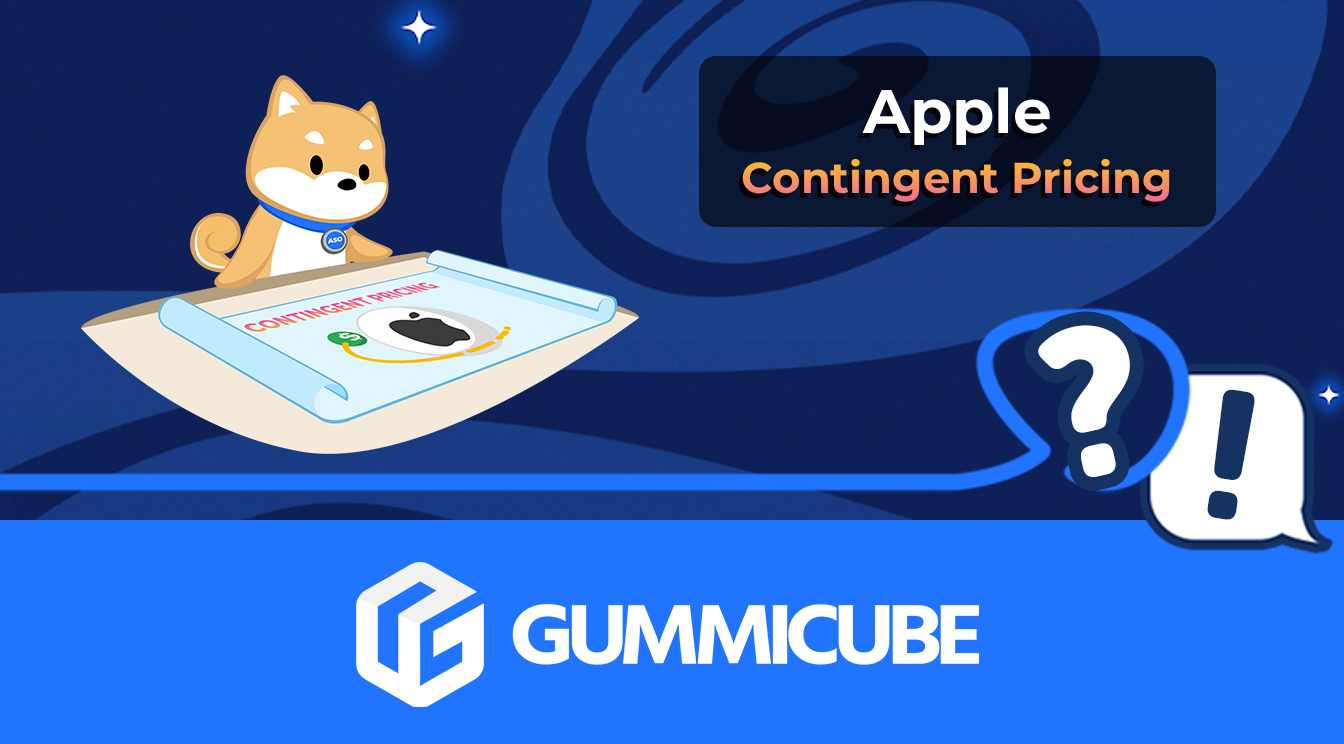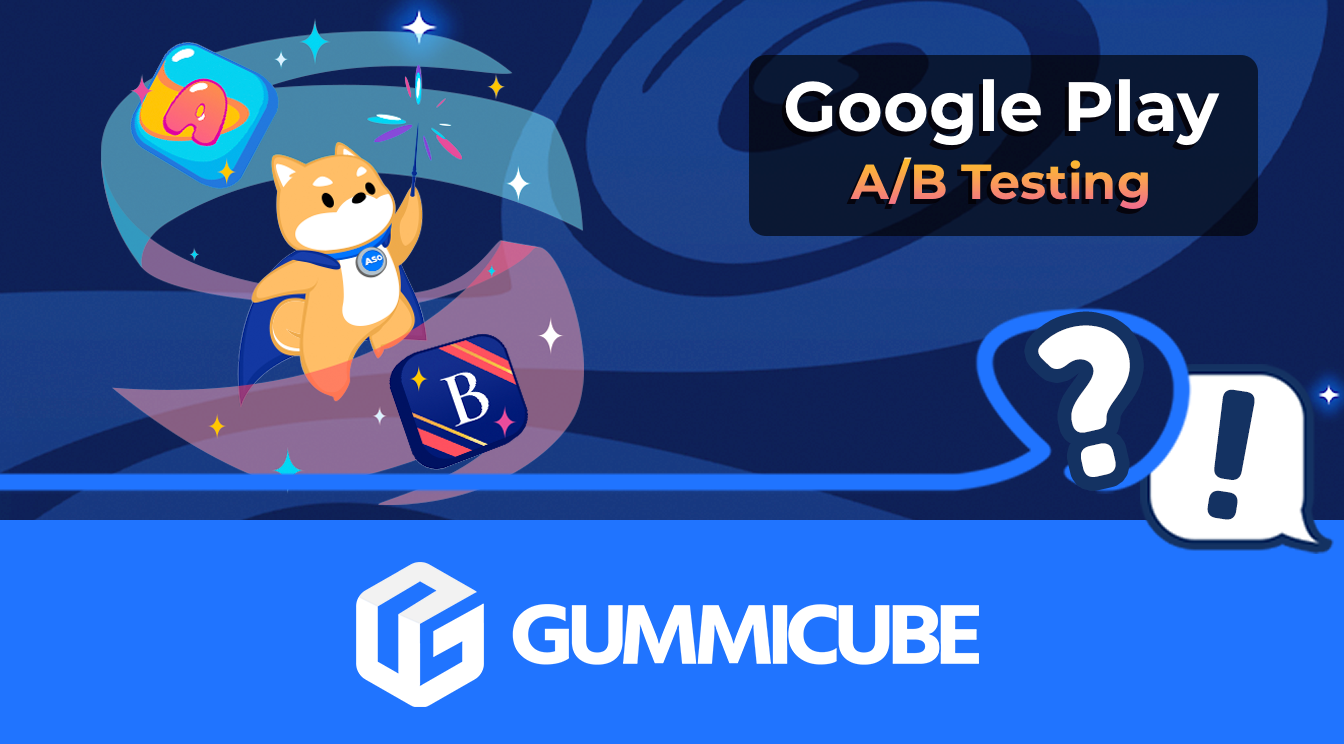
App Store Screenshot Dimensions & Guidelines
Posted on August 1st, 2024
Make sure your app stays compliant with the latest App Store Screenshot Dimensions & Guidelines here

App Descriptions - Why They Matter
In today’s ASO Academy, we’ll be looking at some quick description refreshers across Apple’s App Store and Google Play to empower your metadata App Store Optimization (ASO) strategy.
App store full descriptions primarily serve to inform the user about the app. In an app store description, users expect to find detailed information about in-app features, app content, and developer or company information like privacy policies. Users also expect to learn more about an app’s main value propositions in a quick and engaging way. Thus, keeping readability at the forefront of description optimization strategies is essential.
But there are a few things to keep in mind when crafting a perfect app store description for both the Apple App Store and the Google Play Store:
While app store full descriptions provide users with additional information about an app, 70% of downloads are initiated right from the search page. In reality, few users actually read descriptions in general. But for the users who actively search for more information regarding app features, it’s important to make a lasting impression with an engaging and informative description.
4,000 characters may seem like a lot, or very little. Depending on your app’s key features, you may find it difficult to squeeze or extend your full description. However, it’s important to note that it’s not the length of the description that matters – it’s the quality of it that counts.
Balancing readability and keyword indexation on both app store platforms can be a difficult task. If your descriptions sound robotic or unnatural, chances are your conversion rate will decrease over time. On one hand, stuffing as many keywords in your description as possible seems like a tempting strategy to increase visibility. But on Google Play and Apple’s App Store, keyword stuffing is not only apparent to the user, but it may actually also decrease your relevancy and credibility over time.
Unlike the Apple App Store, Google Play scans, or crawls through metadata assets like the description, short description, and title to index keywords. For optimal indexation, keywords should be placed at the beginning of sentences, phrases, and paragraphs. But be wary of any possible keyword stuffing! This brings us to our next tip:
For Google Play descriptions, it’s best to be cautious when trying to rank for keywords. Keywords stuffing can be easily detected in the Google description review process, so try to avoid unnecessary, banned, or irrelevant keywords in your descriptions. Getting flagged in the process of description metadata optimization can be a timely and costly consequence.
Promotional text is the first 170 characters of an App Store description. It is the first text a user sees without having to click the dropdown option to see the full description. It’s a useful tool for app developers to convey app features concisely. The promotional text is part of the description, so remember to include promotional text in the final character count of your description.
A common misconception about Apple’s App Store is that it indexes keywords in your full description. However, Apple’s App Store only indexes keywords in the description if an app developer runs a Paid Search campaign on the platform. Nonetheless, using relevant keywords is still an essential part of maintaining app credibility and relevancy in the eyes of the user and the App Store as a whole. Doing so prevents an app developer from getting flagged by Apple’s human reviewers, and serves to maintain a good rapport with the user.
Google Play and Apple’s App Store descriptions share many similar functions.
However, there are crucial nuances and differences in how indexation takes place. Nonetheless, descriptions serve as an introduction to the user first and foremost. App developers should remain cognizant of how they leverage readability with their keyword optimization strategy.
With the help of an ASO company, striking a balance between readability and indexation in your description can be an exciting opportunity to leverage your strengths. App developers can connect with their audience in ways that no other metadata assets can achieve with a fully optimized description.
Want to learn more about App Store Optimization? Contact Gummicube and we’ll help get your strategy started.

Make sure your app stays compliant with the latest App Store Screenshot Dimensions & Guidelines here

Soon developers will be able to extend their customer lifetime value with a handy new way of providing subscription offers directly through Apple. Contingent Pricing looks to act as a revolutionary new system for leveraging new upsell & cross-sell opportunities all within Apple’s ecosystem.

Have you ever A/B tested your Google Play listing? If not, you're probably navigating the Play Store marketing blind, and leaving valuable installs on the table.